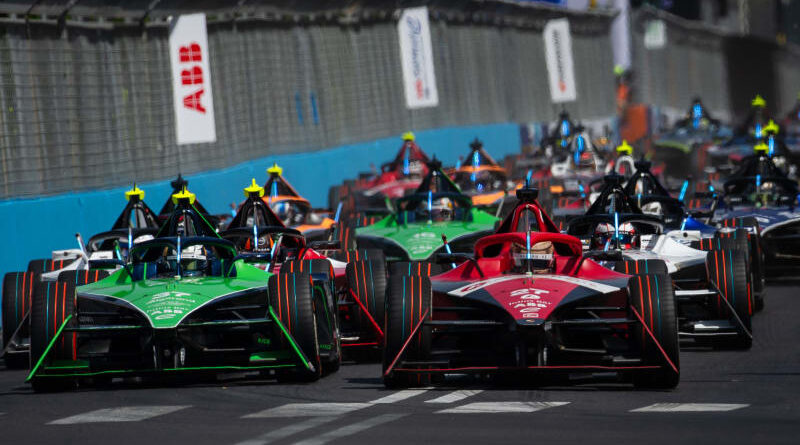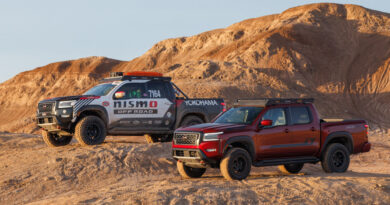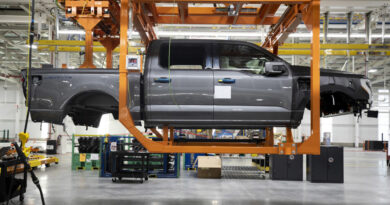Legacy automakers get EV knowledge boost with Formula E
LONDON — Legacy automakers playing catch-up with EV leaders like Tesla are leaning on their Formula E electric racing teams for innovations to build better mass-production EVs with greater range and efficiency, or a lower price tag.
Formula E has struggled to win over many motorsports enthusiasts, with Formula One still attracting significantly bigger audiences because electric cars lack the sustained power and noise of the internal combustion engine.
But legacy automakers with electric teams say the race to maximize or regenerate power — Formula E cars start each race with only 60% of the battery capacity they need and have to generate the rest through braking — helps them develop more efficient motors and invertors, and software to enhance performance and range.
In the shift to electric, more powerful and efficient sports cars, or more affordable mass-market models are likely to win their respective races.
Tata Motors unit Jaguar Land Rover, which is investing 15 billion pounds ($19 billion) to catch up with EV production, will use silicon carbide inverter technology developed for its Formula E cars to boost efficiency in its next-generation premium-model EVs, said James Barclay, team principal of the Jaguar TCS Racing team.
JLR has already used learnings from managing battery temperatures to boost the range of Jaguar I-Pace EVs on the road today via over-the-air updates by 20 kilometres (12.4 miles).
“The future is electric,” said Thomas Mueller, JLR’s head of production engineering. “That’s why Formula E is part of our strategy.”
Nissan is also playing catch-up with EVs, planning 19 fully electric models by 2026. Nissan Formula E team principal Tommaso Volpe said its racing car’s software was initially based on the Nissan Leaf’s.
He said Nissan wants more efficient motors, inverters and smaller battery packs for mass-market EVs across its lineup. A senior engineer with the team in France has weekly meetings with powertrain developers in Japan for progress updates, he said.
“We transfer as much as we can … but it has to be affordable for the consumer,” Volpe said.
Porsche Formula E is not just taking technology from its team to develop luxury EVs, but also talent. The automaker has reassigned two Formula E program top engineers to road models in the last year, director Florian Modlinger said.
TECHNOLOGY LAB
Others have taken a different road.
BMW left Formula E in 2021, saying it had “exhausted the opportunities” for technology transfer.
Mercedes also pulled out of Formula E and uses its F1 team to help design more efficient EVs instead. Ford is returning to F1 racing in 2026, partly as a platform for EV development.
“The manufacturers that stay with us definitely see … Formula E as a laboratory to test technologies,” said Formula E founder Alejandro Agag, who cited fast charging as a key area where teams have made progress.
The latest advances in motorsports have usually bled through to mass-market models eventually.
But Stellantis, which is pushing to roll out electric models – especially affordable ones – is taking findings from its upscale DS brand Formula E team and passing them on to its other 13 brands to accelerate EV development, DS Performance director Eugenio Franzetti said.
“What is happening in the electric revolution is the technology transfer will be super-fast,” Franzetti said.




